Recently, Marc presented our aerogel-it activities and products at the meeting for CO2-optimized construction for roads and paved surfaces (CO2-optimiertes Bauen von Verkehrsflächen & Straßen). The meeting took place at the DBU Deutsche Bundesstiftung Umwelt Umwelt in Osnabrück.
Michael Hafemann and Mark Gieseke of Gieseke Gruppe expertly moderated the event after Prof. Markus Große-Ophoff of DBU, Mark Gieseke and Prof. Dr. Prof. Dr. Heiko Meinen of Hochschule Osnabrück had kicked it off. The speakers highlighted roads and paved surfaces as very important but often overlooked lever for CO2 savings. Next to buildings they make up a large share of the built environment and cause corresponding CO2 emissions during construction and repair.
There were excellent presentations on decarbonization e.g. of bitumen and concrete by B2SQUARE and CarStorCon® Technologies. Stephan Harnischfeger of MHI Baustoff GmbH explained the challenges around asphalt emissions and low-temperature asphalt products as important solutions. ecopals, ecoLocked, HeideHanf and Bundesanstalt für Materialforschung und -prüfung also gave presentations. Furthermore, there were keynotes by Dr. Martins Zaumanis of EMPA and Prof. Dr. Hans-Hermann Weßelborg of FH Münster.
Aerogels also play a role for CO2-optimized construction in this field and are already being investigated for more thermal-resistant roads and paved surfaces. One example are our US colleagues from aerogel Coating Technologies (aCT Inc.).
Great discussions in the networking sessions rounded off the event. As former DBU Green Startup, we were certainly happy and thankful to have this opportunity to be back at DBU. Thank you very much to the organizers for inviting us.





















